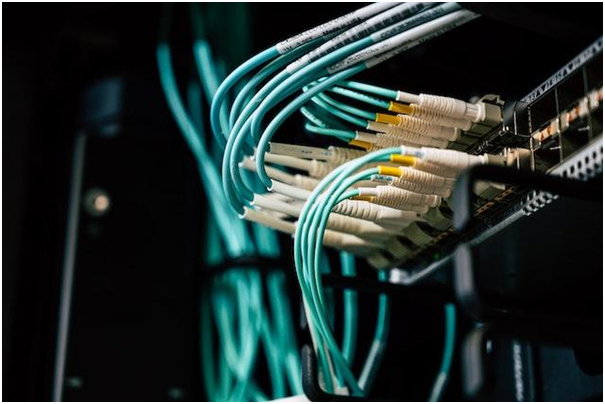All Wi-Fi networks have a common feature – the ability to accommodate multiple users. An open network is easy to hack and expose data to third parties, so you must secure your wireless network.
Whether you’re a home user or a professional IT user, here are the five best ways to secure your Wi-Fi network.
1. Use Strong Passwords
Passwords are the best line of defence against data leakage and hacking. A Wi-Fi network is nothing without a strong password. It’s like leaving your gate open for intruders. However, creating passwords does not mean copying people’s strong passwords you have come across. Here are some hints for building a strong pass work to keep out these online miscreants.
• Make a 16-mixed-character password.
• Ensure it contains numbers, special characters, and upper and lower cases.
• Avoid mostly used words, phrases, or personal information.
• Using your name or date of birth is not a good idea
• Install a password manager to test the strength of your password, or you can use an identify authentication service.
• Do not repeat previously used passwords.
• Install a password manager to help create better passwords.
2. Rename Routers and Networks
Routers have in-built passwords and usernames. You can retain the password if you get the router for the first time. But as time passes, you must change such passwords because that information is public knowledge, and hackers can easily guess the info. However, you can avoid this by changing the router information from the factory settings. The next thing to do is change the router’s name on your Wi-Fi network.
The device has a name called SSID (service set identifier) which is visible to nearby devices. It is dangerous to display the default network name because it contains the brand and model number hackers use to set up the Wi-Fi. Renaming the Wi-Fi will hide it from hackers as well as neighbors.
However, if you change the name, the router will kick out every connected device on the network. These devices must reconnect with the current information to use the network. Below are steps to renaming your SSID.
• Locate the admin portal on your router.
• Check for the default access information located on the router’s back. At the back are serial numbers and dots, including the admin login information.
• Input the default access numbers on your web browser. The series of numbers is a web address. The numbers look similar to 192.168.1.1 or 192.168.0.1. Search the address on the web browser on your mobile device or computer, and it must be connected to the router. Call the router provider’s customer care representative to confirm the number.
• Use the admin login details to log in to the admin portal. However, if you find it challenging to log in, change the information via the setup.
• Surf the web for the wireless tab on your portal and click on the image.
• It will display your SSID information, including password and security settings. After changing the information, click apply to save the changes. However, routers on dual-band Wi-Fi, 2.4GHz, and 5GHz connections come with peculiar passwords, SSIDs, and settings.
3. Turn on WPA2 Encryption on Your Wireless Router
Routers with an existing password that has lasted for years use an outdated Wireless Equivalent Privacy (WEP) encryption.An outdated WEP is an open gate to hackers. The easiest way is to change the WEP on your device to Wi-Fi Protected Access 2 (WAP2). The latter is the standard software that hackers can get into. However, you can go for WPA3, an upgrade of WPA2 with some next-level features. But the model is unpopular because it is backward and less compatible than WPA2.
Routers have encryption which is usually turned off and must be turned on by the owner to make it safer. To make the WPA2 and WPA3 installation possible on an old router, the usermust upgrade the firmware to support the software. Also, you can purchase a new router with theminimum standard of WPA2 or WPA3 if you can’t change the password.
4. Use a VPN
VPNs (virtual private networks) are another excellent way to secure your Wi-Fi network. The software keeps your address a secret from the public eyes, including your activities and browsing data. VPNs are the ideal tool to use on a public network to add security and privacy to your Wi-Fi network. Different VPNs on the market have distinct features, some better than others, depending on what you can afford. However, there are also free VPNs you can try, but a paid one is more secure.
5. Turn Off Admin Privileges on Your Router
Leaving the router access across your Wi-Fi is not a good idea because hackers can use the information to hack your network. However, you can disable or hide remote administrative features via Wireless configuration settings.
Locate the Amind section and disable the admin button. This change will only permit the owner to adjust the settings by connecting with an Ethernet cable. Also, the changes will make it difficult for hackers to turn off the encryption or firewall.
Conclusion
Again, doing all these steps does not guarantee your router’s Wi-Fi network security 100%. But at least it will have a chance against hackers. The internet is filled with hackers and cybercriminals ready to make money by exploiting any available option.
However, by implementing these few tips, you can remain safe and hidden from people trying to access your data or connection. So, go on and start practicing some of the steps via your router’s Wi-Fi network settings.
